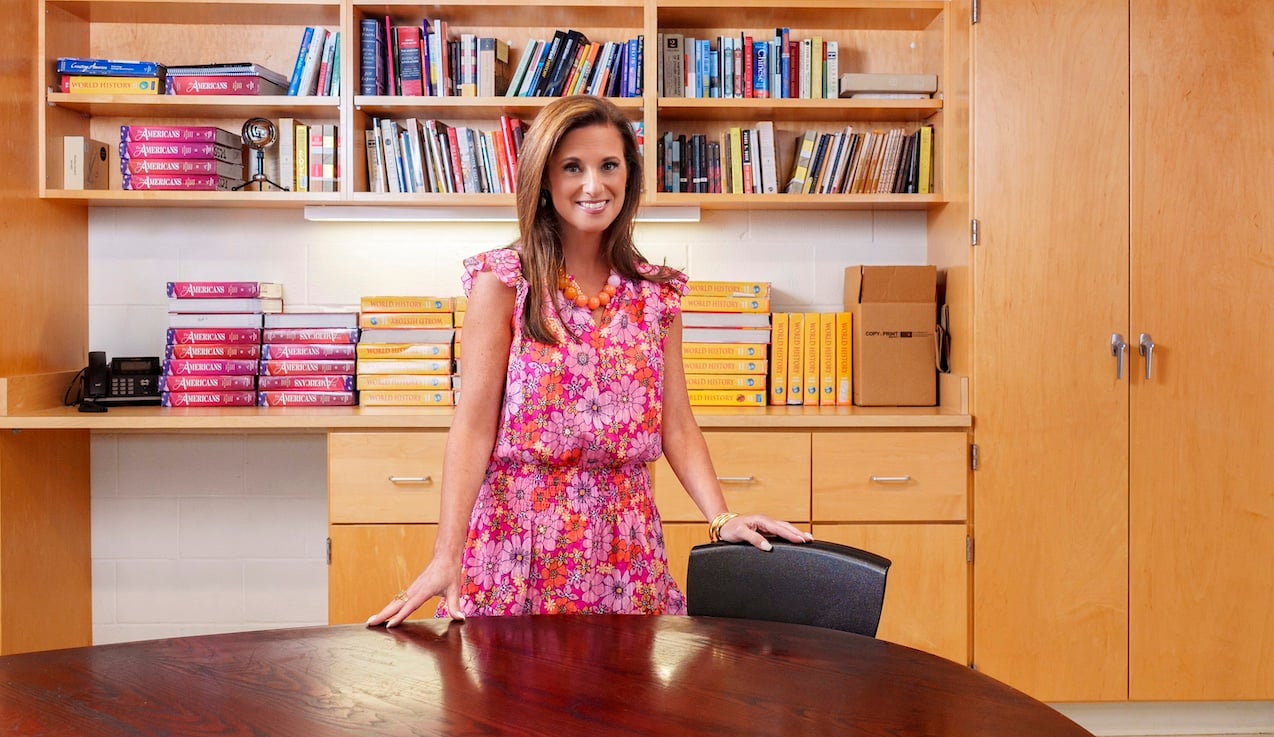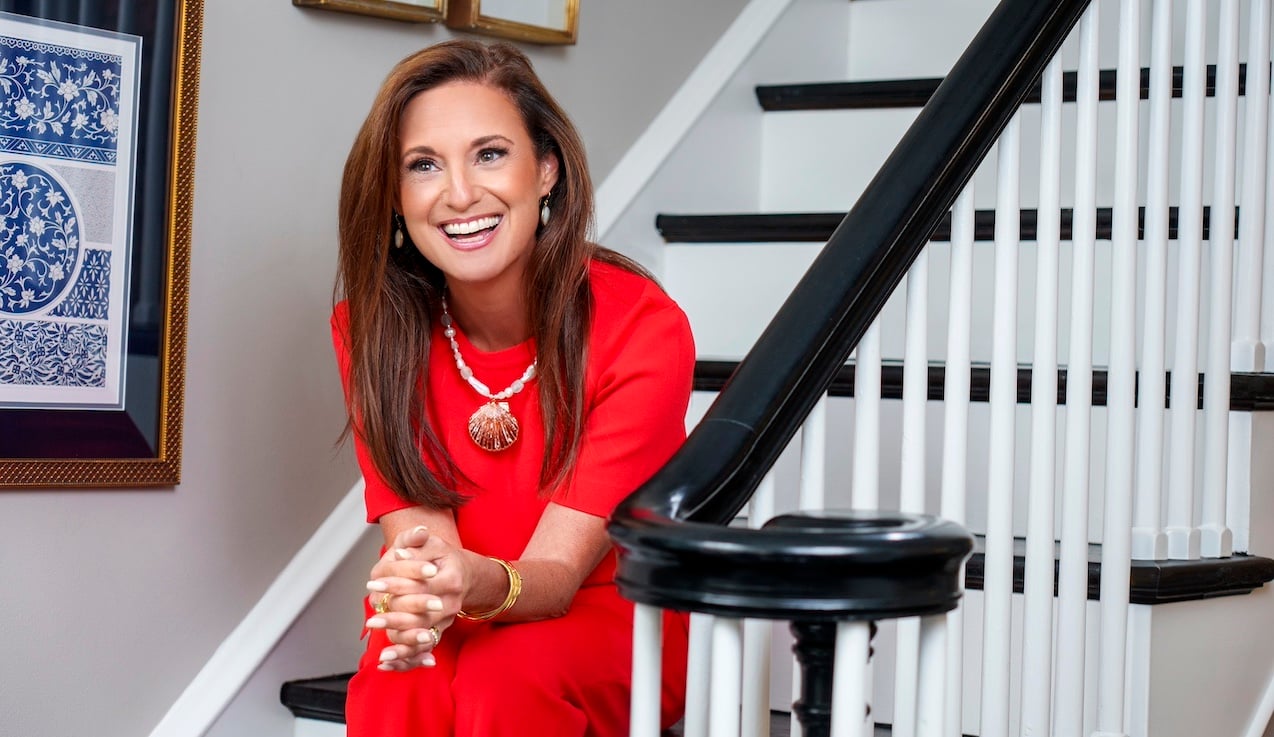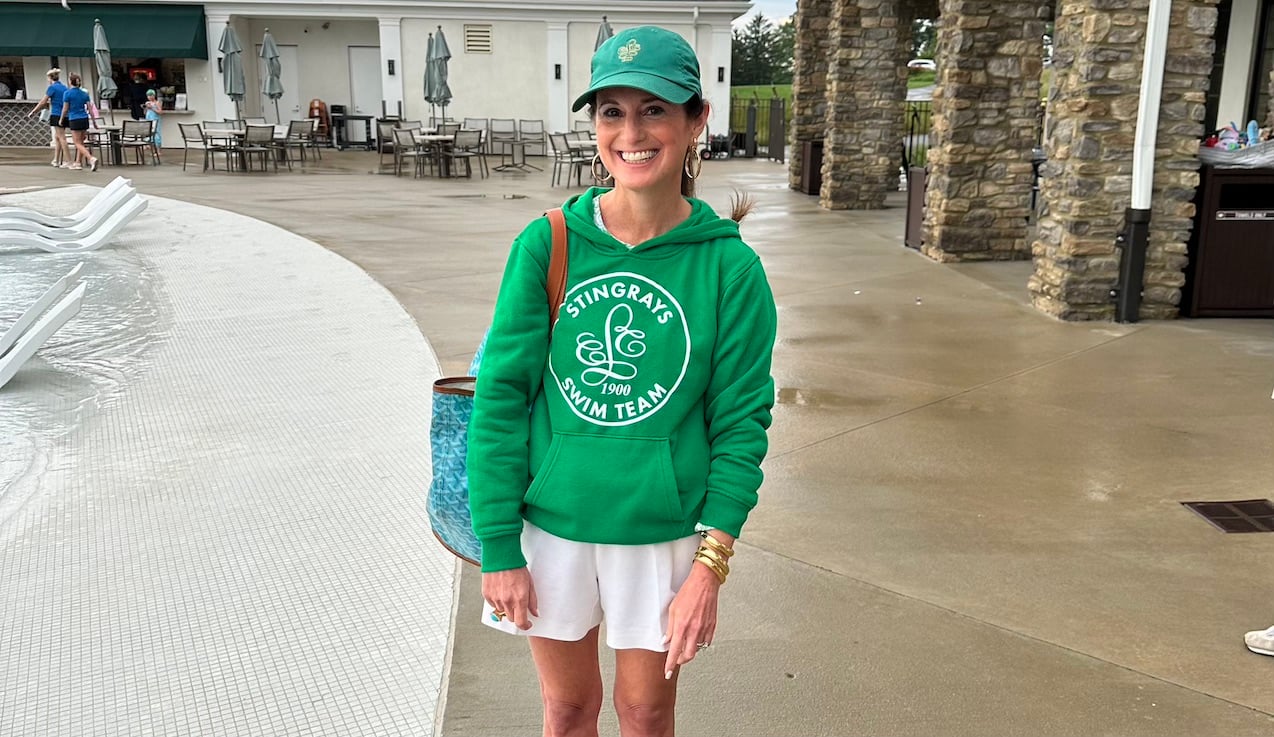Yesterday I had back-to-back meetings with high schools across the country. I spoke to both public and private high schools who want me to speak to their communities or help them with college counseling support.
In one meeting, I asked the school counselors about the biggest challenges they face working with their students. Everything they said was exactly what I am seeing in my day-to-day work. It is a reminder to all of us that no matter where you live, applying to college has never been more complicated.
Here are the five biggest challenges facing students right now and how to navigate them:
1. "Headed South."
The number of students from all over the country who want to attend a Southern university is exploding. These universities are experiencing record growth in their applicant pools making admission more competitive than ever before. Southern universities that were once viewed as "likely" schools for many students, even just a few years ago, are now "target" and "reach" schools due to rapidly dropping acceptance rates. Auburn University's acceptance rate was 85% in 2020. In 2024, the acceptance rate dropped to 39%. If you want to apply to these Southern universities or you are simply applying to colleges that a lot of your classmates apply to, consider listing an alternate start date or satellite campus as an option. For example, Clemson University offers a summer start before fall of freshman year. Northeastern University (yes, many Northern universities are also experiencing increased selectivity!) has campuses in other parts of the U.S. and Europe where students can begin their studies before arriving on the Boston campus. Students who are willing to be considered for alternate start dates and alternate campuses can increase their chances of admission.
2. Business is by far the most popular major right now.
In fact, the vast majority of male-identifying students I meet with on a regular basis want to apply as a business or economics major, making these programs extremely competitive. Make sure you want to pursue an undergraduate business education for the right reasons (not just to "make money"). Also, make sure you have the evidence to support that major choice both in terms of having the most advanced calculus in high school (with very strong grades in math) and at least one or two activities that align with your business interest. If not, consider a liberal arts program that will give you the flexibility you need to explore different majors and give you a leg up in the admissions process. At almost every college or university in the U.S., male-identifying liberal arts applicants are highly valued and prioritized.
3. Sadly, though, what is less prioritized are female-identifying students interested in biology (or other life sciences).
While business and engineering programs are still heavily male-dominated, the life sciences, and liberal arts programs in general, are heavily female-dominated. I tell my female students who are adamant about applying as biology majors to not do what every other biology (or pre-med) applicant is doing. Instead of shadowing a doctor or volunteering at a hospital, work as a custodian in a hospital, a scribe for a doctor, a home health aide, Junior EMT, or develop a self-driven hands-on project that delves deep into a sub-specialization of the greater discipline, like analyzing pollutants in the stream water behind your local high school. Getting your hands dirty, literally, always impresses admissions officers more than anything else.
4. Students believe that test-optional colleges are truly test-optional.
I wish that was the case. But our data is clear in Application Nation. When a student does not report test scores or does not have high test scores and applies to the more selective colleges, their chances of admission are significantly lower than a student who reports high test scores even if the college says it is test-optional. Unless a student has a "hook," applying without high test scores is a challenge especially at the highly selective universities who adopted test-optional policies during the pandemic. If a student's test scores are not nearly as strong as their transcript, they should consider looking at long-standing test-optional colleges, like many small liberal arts colleges. Alternatively, they should adjust their college list to make sure their lower scores (or lack of scores) do not hurt them in the admissions process.
5. The high cost of a college education is making families rethink their college list.
Some private schools are now close to $100,000 a year. Public institutions tend to be more cost-efficient for in-state students, but out-of-state students will see a much higher bill. For example, a non-resident attending the University of Michigan paid just over $80,000 last year—just as much as many private schools. Families should use the Net Price Calculator that all colleges have on their financial aid websites. This can give students a sense of what need-based and merit-based money they will qualify for. Some colleges are more generous with need-based aid, but only to families that fall below a minimum income level. Other colleges are more generous with merit-based aid, no matter what income level the student is coming from. I am seeing more of my students turn down expensive "brand name" colleges to attend a college that gave them more money. I am also seeing more students attend their public flagship university's honors college with a hefty scholarship attached. Graduating with little to no debt can be the smartest thing a young person can do for themselves.
READ MORE: 3 Things for the Class of 2026 to Consider When Building a College List
As I think about how strikingly different the high schools I spoke to yesterday were, one thing is clear. Public or private high school. Large or small. East Coast, Deep South, Midwest, or West Coast. Counselors, parents, and students just want the best outcomes. Sometimes, though, the best outcomes may be different than the original plan.












